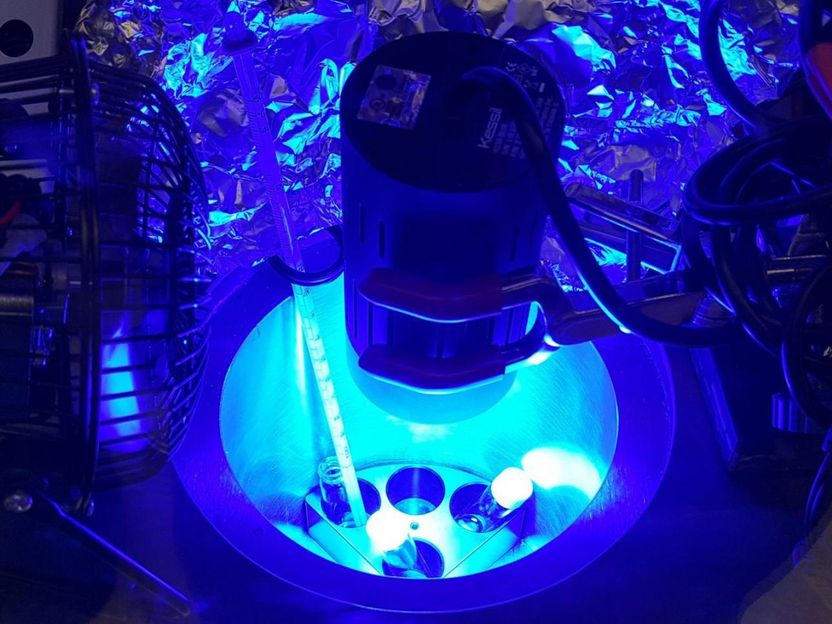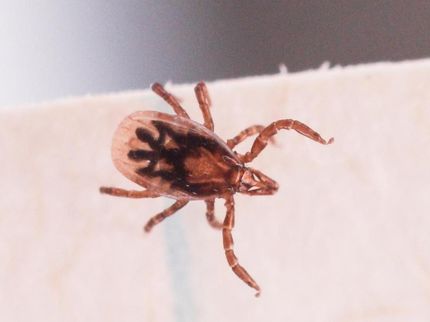EU project to find vaccine against ticks
European Union-funded researchers are launching a five-year project to find a vaccine against ticks to prevent them transmitting the diseases they carry to people they bite. The €3 million project is funded under the Seventh Framework Programme for Research and Technological Development (FP7). The ultimate aim is to cut the incidence of diseases that affect thousands of people each year in Europe.
The bite of the tick Ixodes ricinus can cause Lyme disease, tick-borne encephalitis (TBE) and human babesiosis - all serious diseases that are more and more frequently encountered in Europe. According to a report by the European Centre for Disease Prevention and Control (ECDC) published last year, the number of TBE cases ranged in the past decade from 1900 to 2630 cases a year, with most cases occurring between July and October. Countries in Central Europe and around the Baltic Sea are particularly affected.
Rather than trying to develop vaccines for the individual diseases, the consortium, led by the Academic Medical Centre at the University of Amsterdam, will investigate a vaccine directed against the tick. Thus, a single vaccine could prevent transmission of multiple human pathogens from the tick to the host.
"Our aim is to deliver a 'proof of concept' in animal models with a clear idea of how we will proceed from there to a human vaccine," said Joppe Hovius of AMC. "In addition, our research will give us much more insight into the molecular mechanisms behind transmission of these pathogens."
The project is named ANTIDotE – ANti-tick vaccines to prevent TIck-borne Diseases in Europe – and will start in December 2013. The consortium consists of European experts in the field of Lyme disease, TBE, babesiosis and vaccinology. The researchers will investigate ways to interfere with the transmission of tick-borne pathogens from ticks to their hosts as well as ways to interfere with tick feeding.
Most read news
Other news from the department science

Get the life science industry in your inbox
By submitting this form you agree that LUMITOS AG will send you the newsletter(s) selected above by email. Your data will not be passed on to third parties. Your data will be stored and processed in accordance with our data protection regulations. LUMITOS may contact you by email for the purpose of advertising or market and opinion surveys. You can revoke your consent at any time without giving reasons to LUMITOS AG, Ernst-Augustin-Str. 2, 12489 Berlin, Germany or by e-mail at revoke@lumitos.com with effect for the future. In addition, each email contains a link to unsubscribe from the corresponding newsletter.
Most read news
More news from our other portals
Last viewed contents
Vitamin
Mineralization_(biology)
Graves_disease






















































